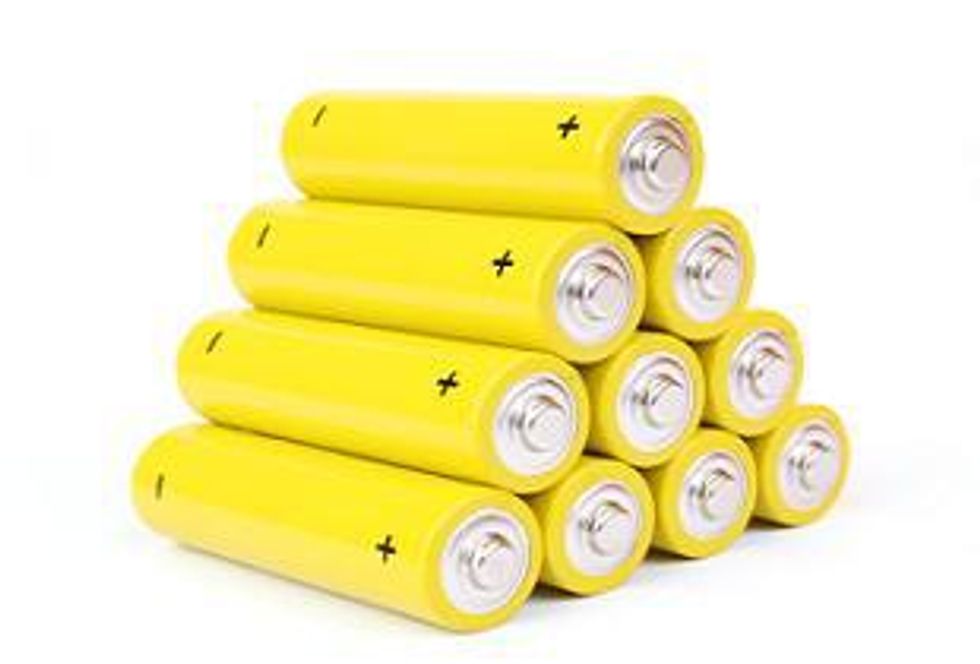Cobalt is becoming an important part of the battery future, however, there are very few primary cobalt mines in the world, with most cobalt being produced as a byproduct of copper and nickel mining.
The use of cobalt in high technologies is essential to produce ever smaller batteries for mobile phones and laptops. Cobalt is emerging in rechargeable battery technologies for electric vehicles applications, a sector which is expected to dramatically increase in the next ten years.
The Cobalt is becoming an important part of the battery future, however, there are very few primary cobalt mines in the world, with most cobalt being produced as a byproduct of copper and nickel mining.
In 2005, the copper deposits in the Democratic Republic of the Congo were the top producer of cobalt, accounting for almost 40 percent of the world share and much of this is being exported by Chinese investors.
OnTo Technology is currently in the research and development of processes for rejuvenation of lithium ion technology, and particularly those involving cobalt dilute. The growth of waste from consumer electronics and electric vehicles are fueling the development of rejuvenation processes that are “green,” low energy and cost effective.
Electric carmaker, Tesla Motors, will also recycle its battery packs in Europe by refining its cobalt, nickel and other metals.
There are several other minerals that are particularly sought after in the emerging battery market, but because of many factors ranging from supply security to current technological limitations no particular material is yet to dominate the market.
The importance of battery technologies
Batteries are poised as one of the most prominent technologies of the near future, particularly with emerging markets in electric vehicles and renewable energies. Manufacturing these batteries requires an input of minerals, and everyone from extractors to downstream technology producers are vying to invest in battery technologies that will be affordable, available and efficient. Cobalt is emerging as an efficient mineral in battery technologies with a variety of applications, though limited supply sources and listing as a “critical metal” are limiting their widespread adoption, though there have been many improvements in recycling processes.
“Batteries are probably the most important science frontier right now,” said John Kaiser, founder of Kaiser Bottom Fish, speaking at the Critical Metals Investment Symposium in Vancouver, BC. “The electrification of the car industry is another major new trend that has to happen simply because peak oil is a reality and we cannot depend on just oil imported from other parts of the world that are potentially unstable.”
There are several ideal performance qualities for most batteries, depending on the application, but some of the most desirable traits are a fast charge rate – especially for electric vehicles – the amount of charge a battery can hold, and how fast it can discharge energy.
Charge rate is important because it determines how quickly a battery can be charged. Battery density – how much volume and how much weight is required – is again ideal for high-performance applications like electric vehicles, but also extends into large grid-scale electricity storage.



